The Hofburg Palace was the nucleus of the Habsburg court in Vienna. It functioned not only as a residence, but also as the epicenter of imperial power, administration, and culture.
This magnificent palace complex was where the imperial family lived, worked, and ruled over vast territories of Europe for centuries.
But what makes up the Hofburg Palace today? It’s a collection of former imperial buildings, many of which are among Vienna’s top attractions.
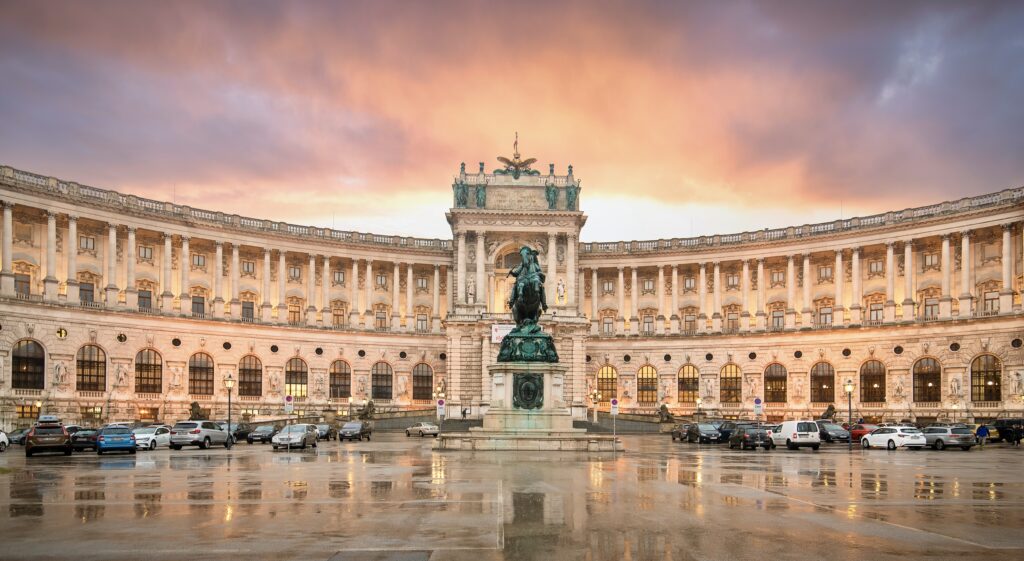
You can visit:
- Palace (imperial apartments, Sisi Museum, and the silver collection)
- Spanish Riding School
- Imperial Treasury
- Imperial Court Chapel
- Neue Burg
- National Library
- Albertina Museum
- Burggarten
There is no general admission ticket for all the sites. There are just individual tickets and combinations ticket.
You can also invest in the Vienna Pass for skip the line access to these attractions, which I highly recommend for convenience and cost savings.
In this guide to the Hofburg Palace, I’ll tell you everything to see.
>>> Click here to book a guided imperial history tour
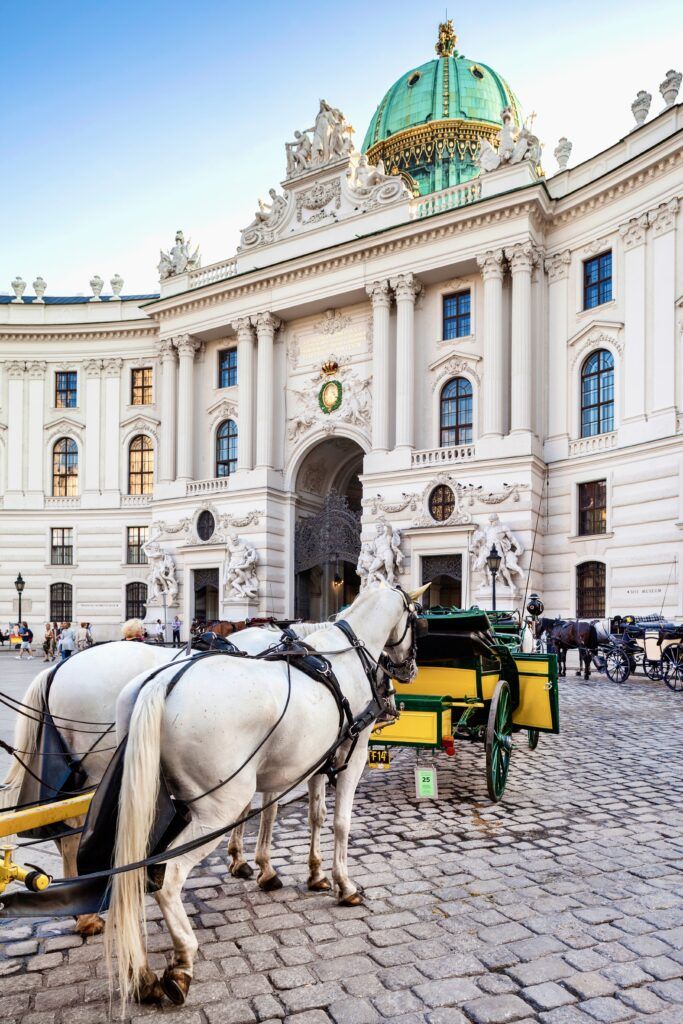
Guide To The Hofburg Palace: What To See
1. Palace
What you general think of as the residential Hofburg Palace has 3 parts: the imperial apartments, the Sisi Museum, and the silver collection.
Imperial Apartments
The Neo-Rococo imperial apartments you’ll see on a visit feature over-the-top ornametation from the era. There’s a lot of gold and red, and it’s all rather severe. The rooms were built for Emperor Franz Joseph and Empress Sisi.
They were an odd pair. Both were workaholics. But Sisi’s tenacity came in the form of getting up early to exercise and focus on her figure and hair.
She’s pitched as a misunderstood empress these days. But she likely was a bit of a narcissist who simply hated court life. For that, I can’t blame her.
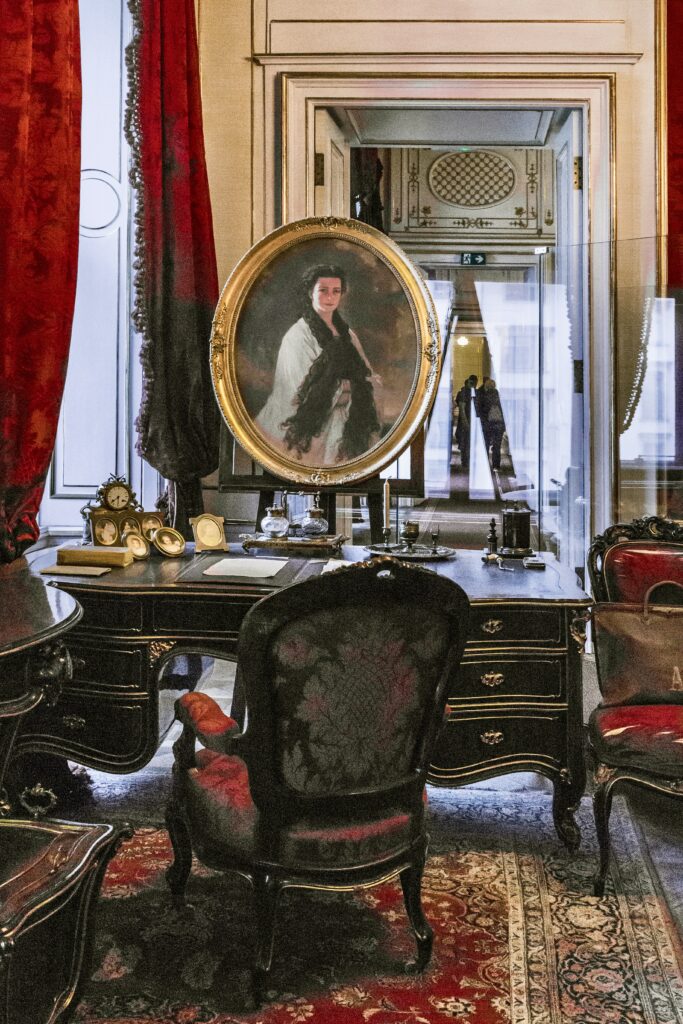
France Joseph’s apartments consist of:
- audience waiting room
- audience chamber
- conference room
- study
- bedroom
- large salon
- small salon
The highlight of Franz’ rooms is his study. There you can see where he toiled day and night. It has some of his favorite portraits of Sisi, including the famous one by Francis Xavier Winterhalter.
In Sisi’s rooms, you can see:
- drawing room & bedroom
- dressing room & exercise room
- lavatory
- Bathroom
- Bergl rooms (admire the blue-green landscape murals)
- large salon
- small salon
Sisi Museum
The Sisi Museum is a small and intimate space within Hofburg Palace. It’s dedicated to the fascinating life of Empress Elisabeth, consort of Emperor Franz Joseph.
The Sisi Museum made its debut in 2004. It’s a chic and somewhat cult-like atmosphere, dedicated to the devoted fans of Empress Elisabeth.
This unique museum sheds light on the “misunderstood” princess, whose tragic life shares parallels with that of modern-day Princess Diana.
On a visit, you’ll see her personal possessions and effects, ball gowns, portraits, traveling items, hair and beauty items, and other memorabilia.
>>> Click here to pre-book a skip the line ticket
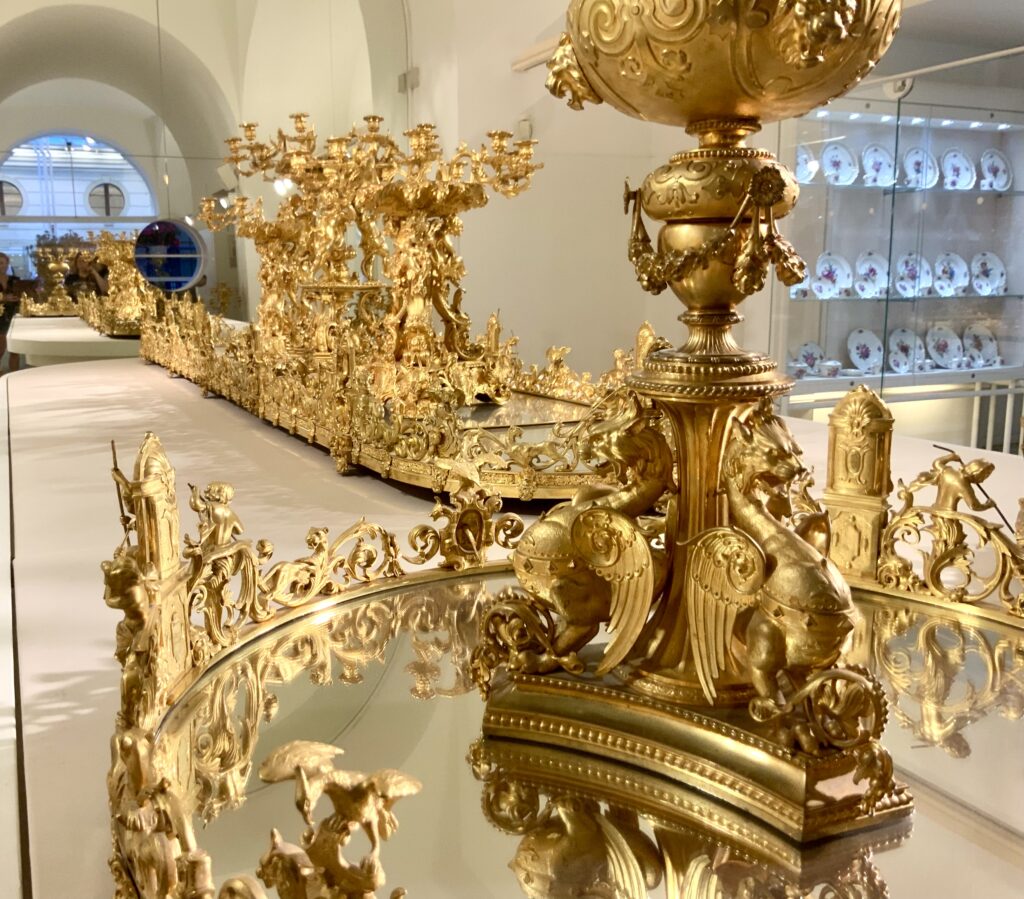
Silver Collection
The Silver Collection is housed in Michael’s Wing.
The most magnificent piece is Grand Vermeil Service, made in Milan and Paris 1808. The word “vermeil” refers to a specific type of gilding process used in silverware. The Hapsburgs used it for state dinners.
Between 1821-24, the Hapsburgs created an interesting Romantic/Neo-Gothic service. It features portraits of the Hapsburgs and their castles.
You’ll also see all brands of porcelain (Sevres, Herend, and Minton), silverware, and ceremonial objects.
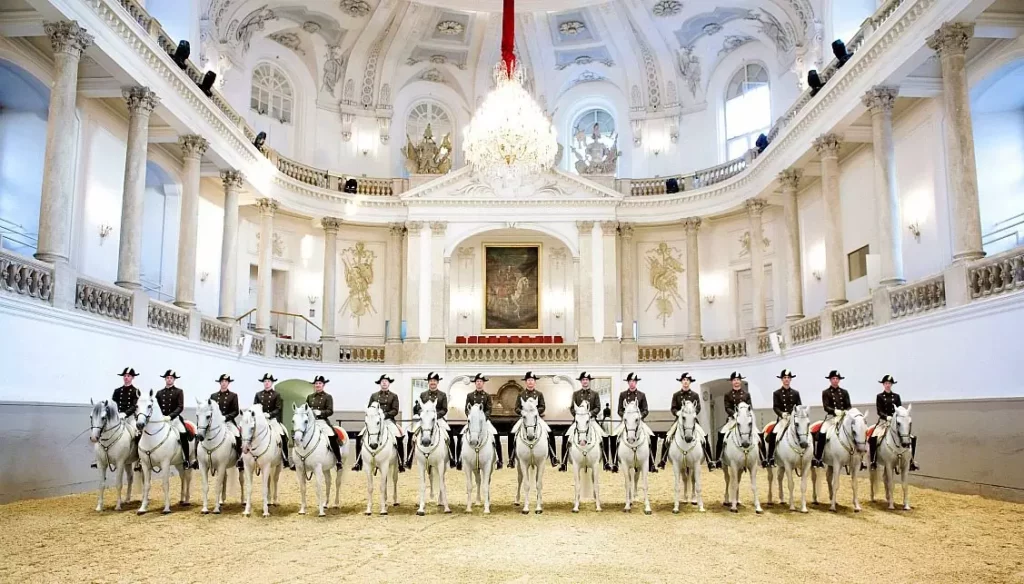
2. Spanish Riding School
The Spanish Riding School is the only place in the world where the Renaissance tradition of training and riding has been maintained and preserved.
It takes 4-6 years to train the white Lippizaner horses in haute ecole dressage. They eventually learn moves liked the pirouettes, the piaffe, and the traversal — all referred to as “airs above ground.”
There are no text books or written instructions. The tradition is handed down by the riders themselves.
Their traditional dress consists of a black, two cornered hat with gold trim, a tailcoat, pleated white buckskin trousers, black boot, and white suede gloves.
This is a wildly popular attraction in Vienna. When I attended a performance, it was packed and people were actually talking to the horses.
There are several ticket options:
- ticket to watch the horses train
- ticket for a performance
- special ticket for a shorter show
- guided tour of the riding school
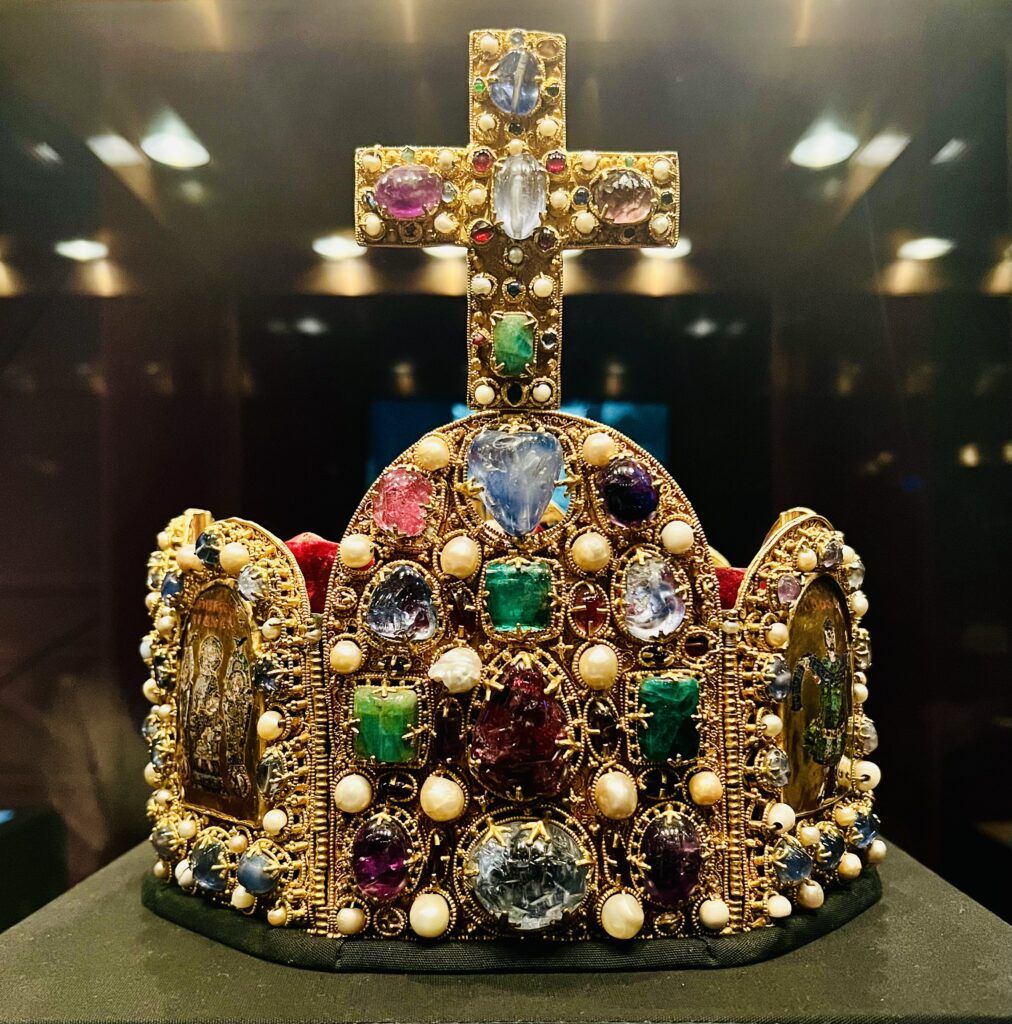
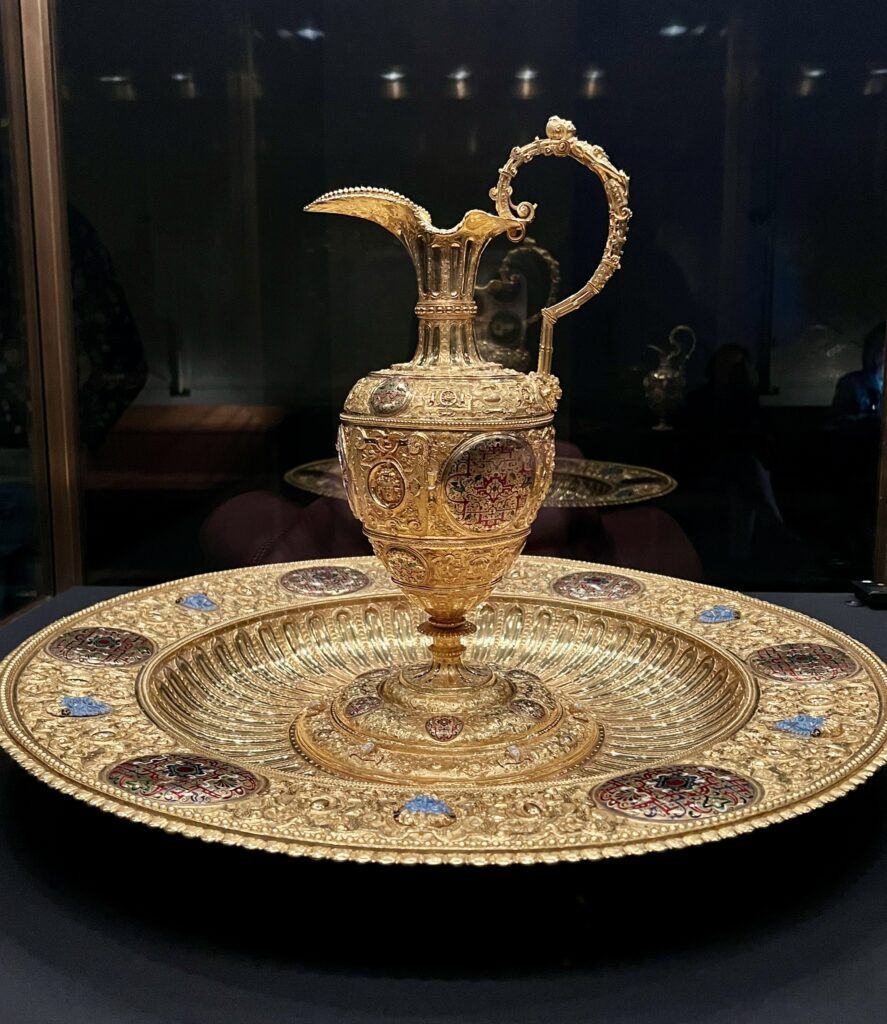
3. Imperial Treasury
This is one of the world’s most important treasuries. It’s chock full of knock-your-eyes-out bling.
It’s akin to seeing the Crown Jewels in the Tower of London. Only it’s better — you can actually take photos!
The royal collection includes fancy jewels, imperial regalia, crowns, scepters, and other priceless artifacts. The museum also houses an extensive collection of religious relics, featuring items like the Holy Lance and the Holy Grail.
The most prized item is the glittering 11th century jeweled crown worn by the Holy Roman Emperors. For more information, you can check out my guide to the Imperial Treasury.
>> Click here to pre-book a ticket
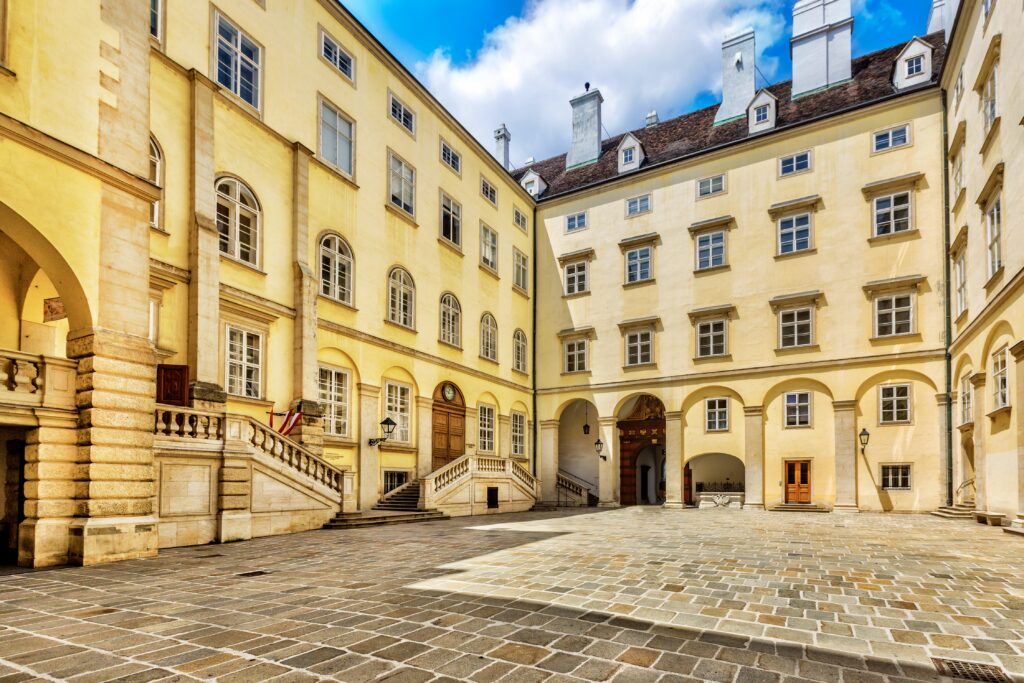
4. Imperial Court Chapel
The Burgkapelle is the oldest surviving part of the Hofburg. it was built in 1447 and is largely untouched since then.
Today, this Gothic structure is home to the Court Music Orchestra and the Vienna Boys’ Choir.
The choir was established during the reign of Maximillian I to sing at religious ceremonies and court events. When the monarchy collapsed in 1918, the choir began touring internationally.
The choir performs masses by Mozart, Schubert, and Haydn every Sunday at 9:15 am from mid-September to June.
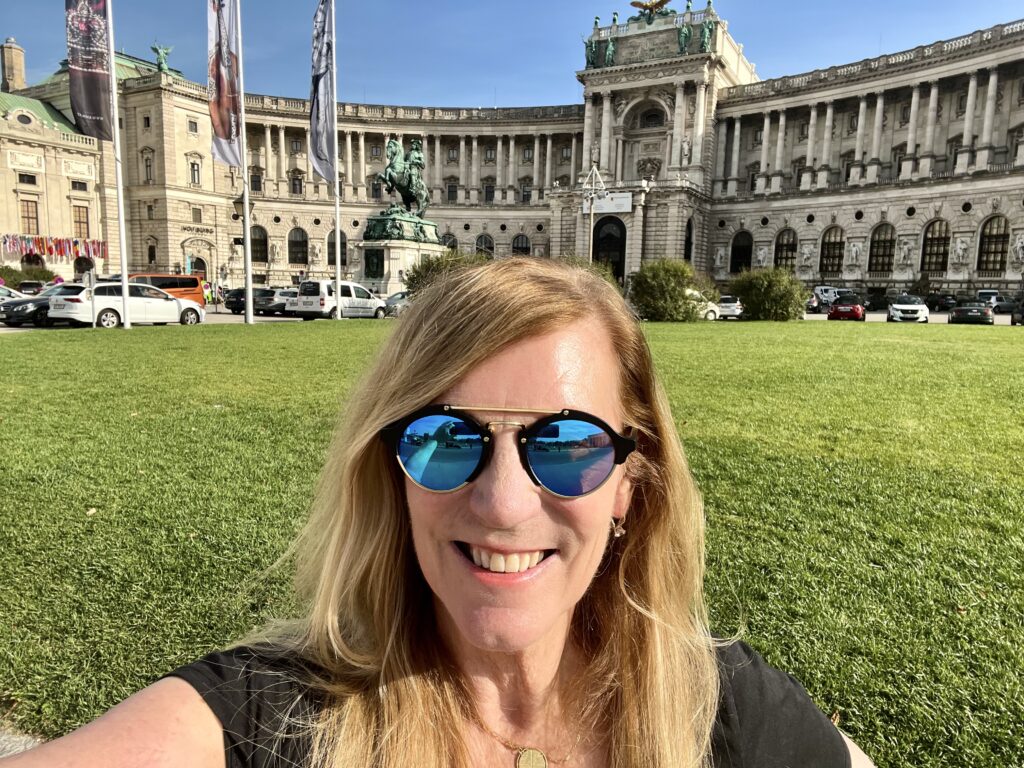
5. Neue Burg
Constructed in the late 19th century, the Neue Burg means “New Castle.” it boasts several styles, including Neo-Renaissance and Baroque Revival. Hitler infamously used the balcony to announce his annexation of Austria.
This part of the palace is home to several museums:
Ephesus Museum
The Ephesus Museum is an archaeological museum that’s an annex of the Greco-Roman antiquities on display in the Kuntshistorisches Museum.
The museum displays archaeological treasures and artifacts from the ancient Roman city of Ephesus, now in modern day Turkey.
Among other things, you’ll find marble and bronze statues, a remarkable frieze of the Parthian Monument, and a sculpture of Artemis of Ephesus.
Here’s my complete guide to the Ephesus Museum.
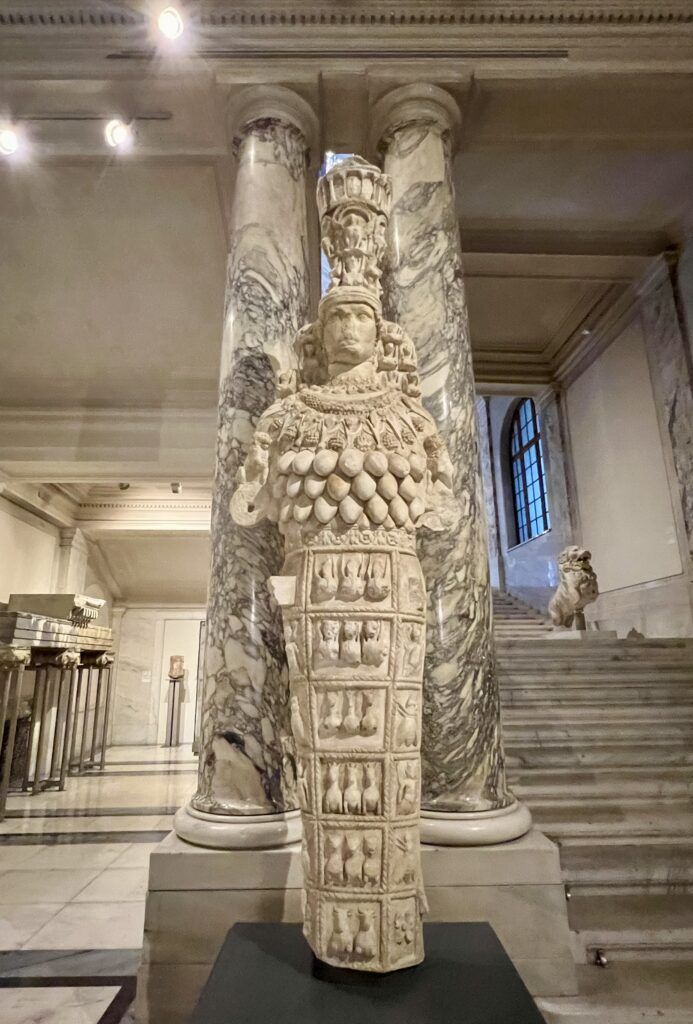
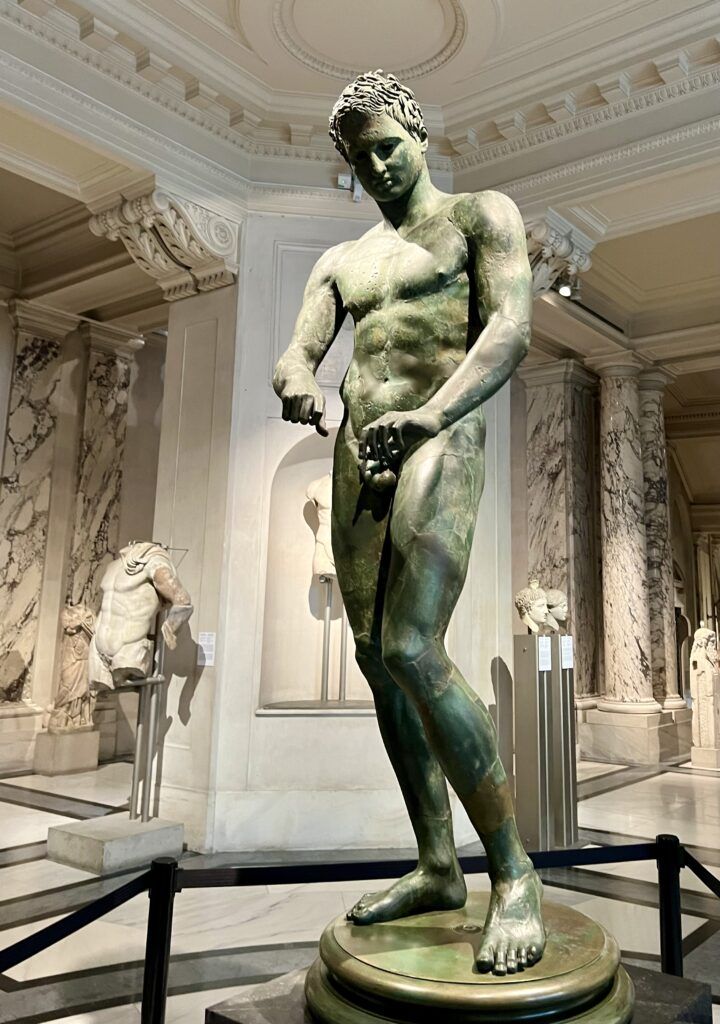
Museum of Ethnology
This is a renowned museum dedicated to the study and exhibition of ethnographic artifacts from cultures around the world.
It’s one of the largest ethnological museums in Europe and is part of the Kunsthistorisches complex.
The museum’s extensive collection includes ethnographic and anthropological objects, artworks, textiles, tools, and artifacts from various cultures and regions.
Its most famous object is an Aztec headdress made out of 450 tail feathers of the quetzal bird.
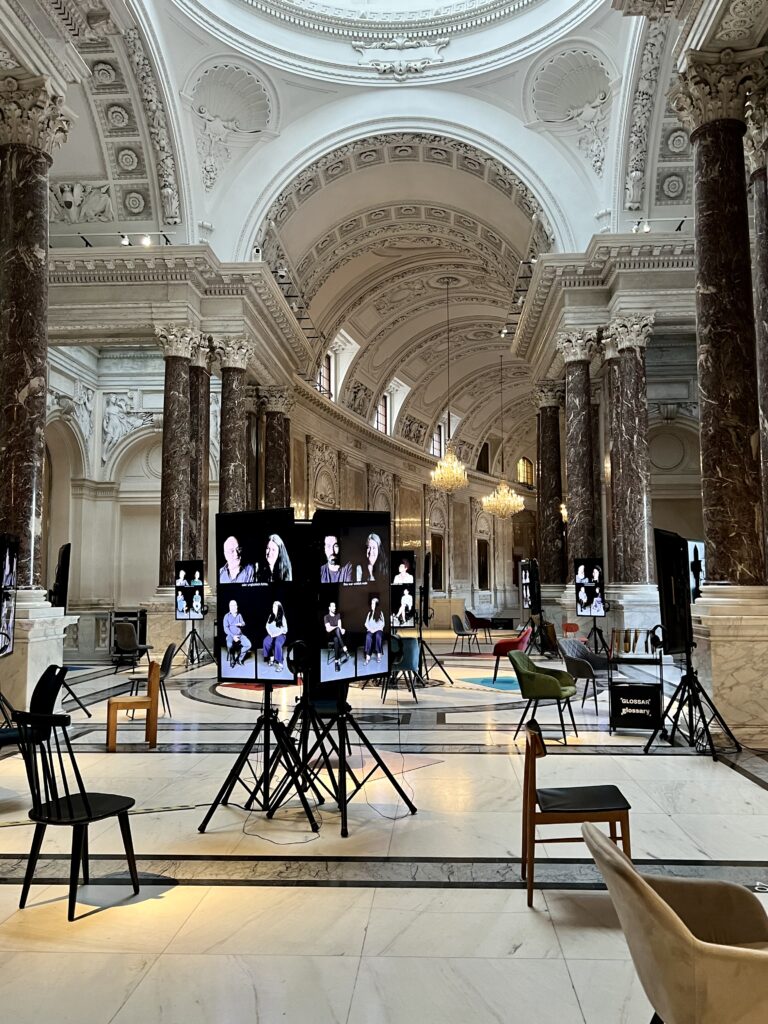
Museum of Austrian History
The House of Austrian History is one of Vienna’s newer museums.
It aims to take a critical look at the country’s heritage and what it means to be Austrian. So, you’ll see displays on the growth of Austro-fascism and WWII.
Papyrus Museum
The Papyrus Museum is the largest of its collection in the world. It hold around 138,000 papyri from the 15th century B.C. to the 16th century A.D.
The collection was compiled by Emperor Franz Josef’s nephew. Among other things, it includes the oldest surviving police ticket and a recipe for toothpaste.
The most interesting items of the collection are displayed in 30 cases in the basement of the Neue Burg. You access it via the Modern Library.
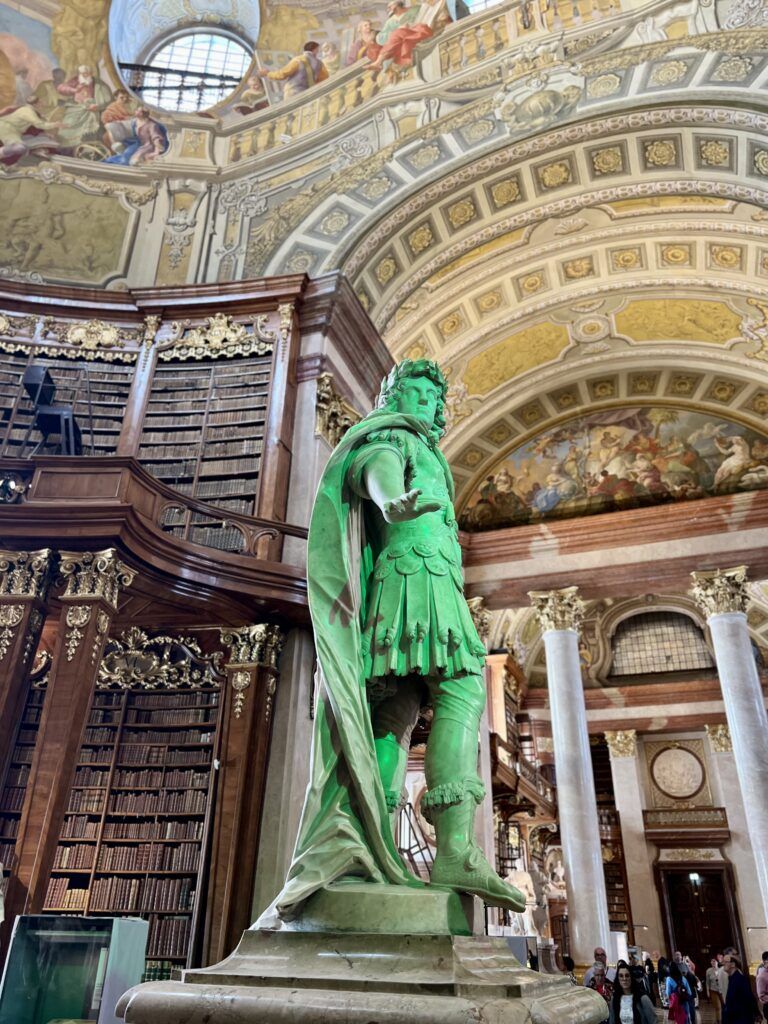
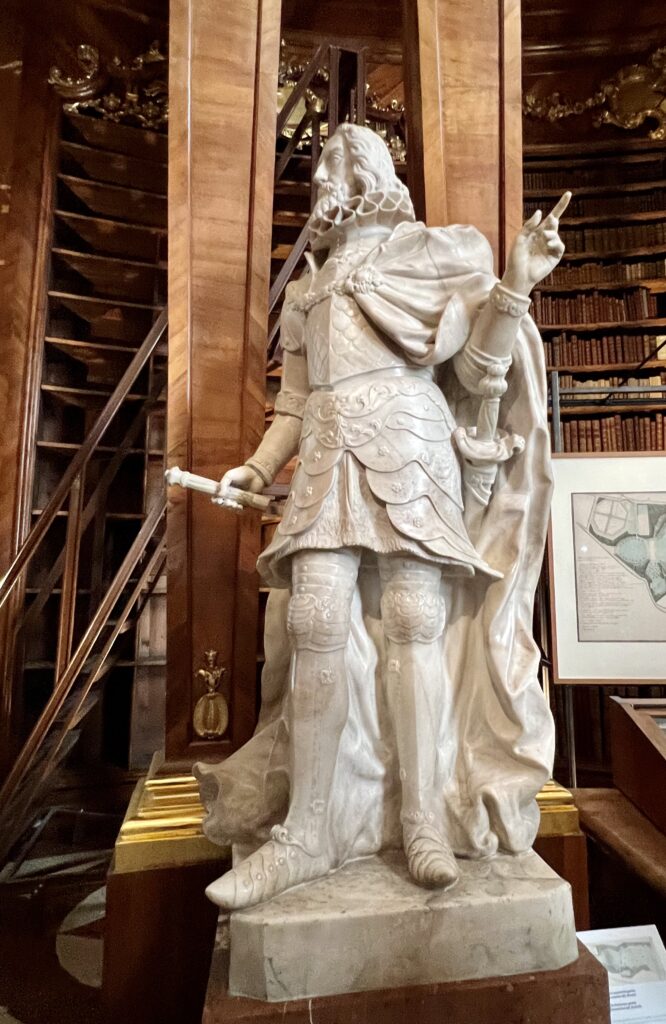
6. National Library
The State Hall of the National Library is a stunning must see. The room was designed by Johann Bernhard Fischer von Erlach.
It’s what the Viennese call Gesamtkunstwerk, a “total work of art.” The room is long and rectangular with barrel vaulted ceilings. In the middle, it opens into an oval space topped by a cupola.
The hall has gorgeous walnut book cases, white marble statues (including one of Shakespeare), and vibrant ceiling frescos.
The dome fresco depicts the Apotheosis of Charles VI. And there’s a statue of him under the dome to boot.
Tip: The statue isn’t green. It’s just the effect of a light shining on it.
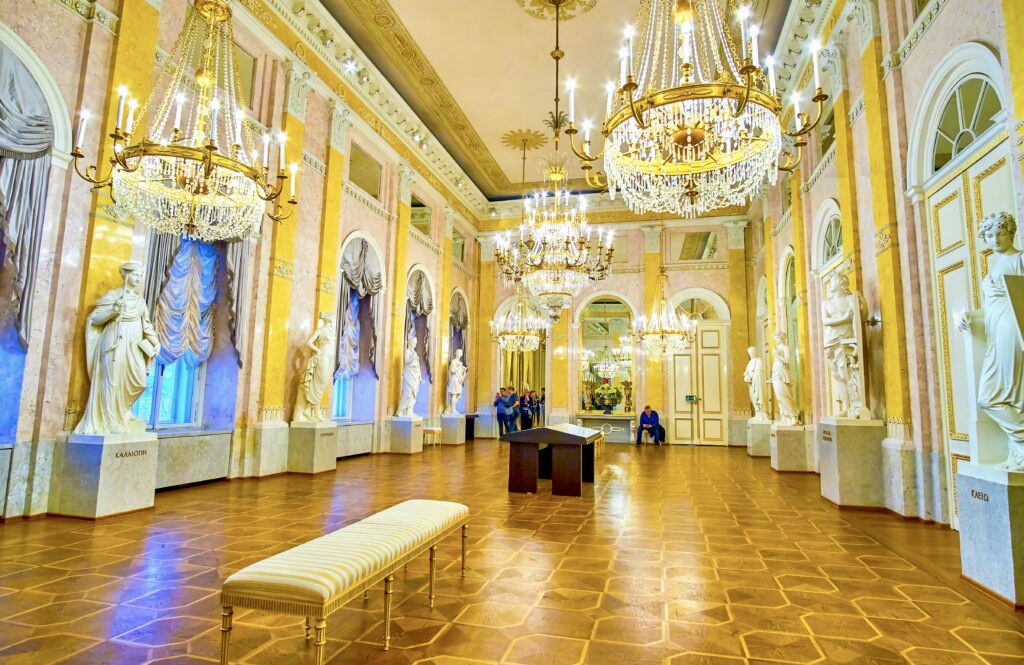
7. Albertina Museum
Vienna’s Albertina Museum is a renowned cultural institution located in the heart of the city. It houses one of the world’s most extensive and impressive collections of graphic art and early Modernism.
But the reason that it’s part of the Hofburg complex is because it houses the staterooms of Maria Christina. She was Empress Maria Theresa’s favorite daughter and the only one allowed to marry for love.
The extensive series of chambers has undergone a meticulous restoration, returning them to their original 1822 grandeur.
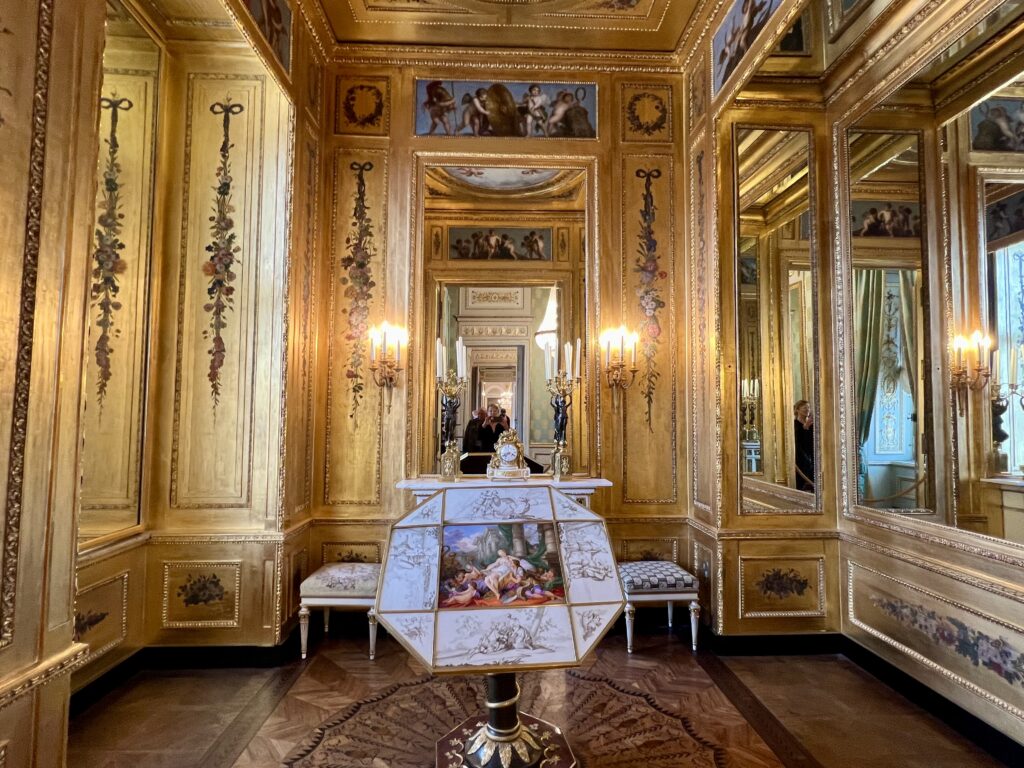
Adorned with silk tapestries and resplendent golden wainscoting, these rooms exude timeless elegance.
Among them, the Hall of Muses stands out as a true masterpiece, with crystal chandeliers and larger-than-life statues depicting Apollo and his muses.
Throughout the State Rooms, there is a treasure trove of art works on display. I stumbled upon remarkable works by Raphael and Durer.
For more information, here’s my complete guide to the Allbertina. Click here to pre-book a skip the line ticket.
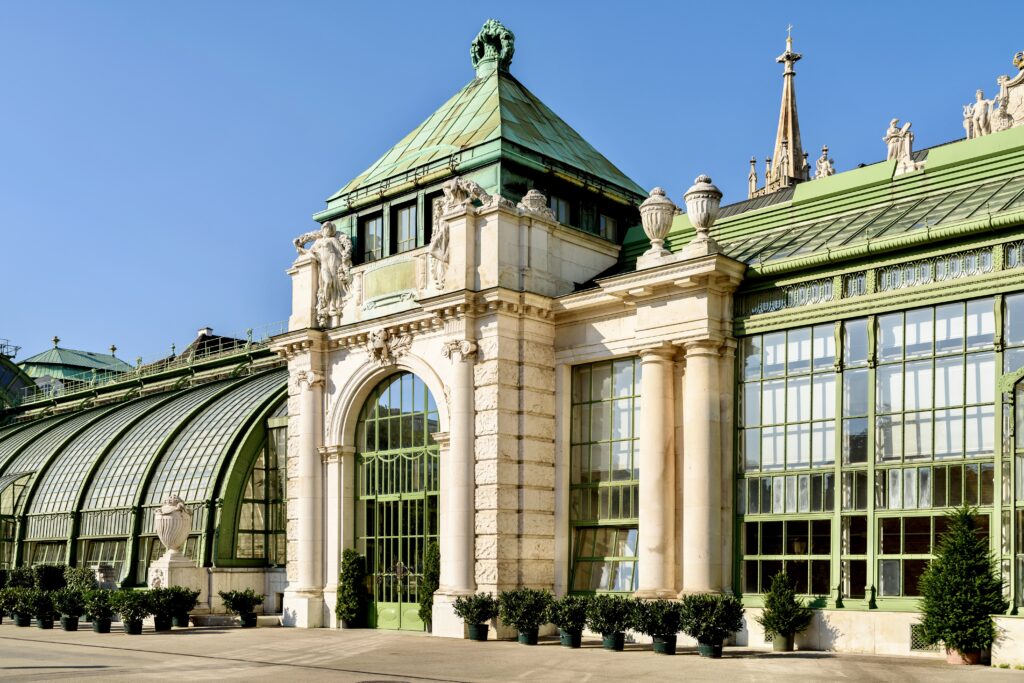
8. Burggarten
Vienna’s Burggarten is a lovely garden with a rich history, situated adjacent to the Hofburg Palace.
It was once the private haven of the Habsburg royal family. Today, this splendid garden is a public park celebrated for its meticulously manicured lawns and vibrant flower beds.
As you explore the park, you’ll see statues of Franz Josef and the musical genius Mozart. The park is also home to a charming Art Nouveau cafe known as the Palmenhaus.
Initially conceived as a greenhouse, the Palmenhaus has an exquisite iron and glass design, featuring a graceful vaulted glass dome.
The atmosphere is serene, allowing you to dine amidst luxuriant greenery and plant life. It’s a delightful location to savor both nature and a delectable meal in Vienna.
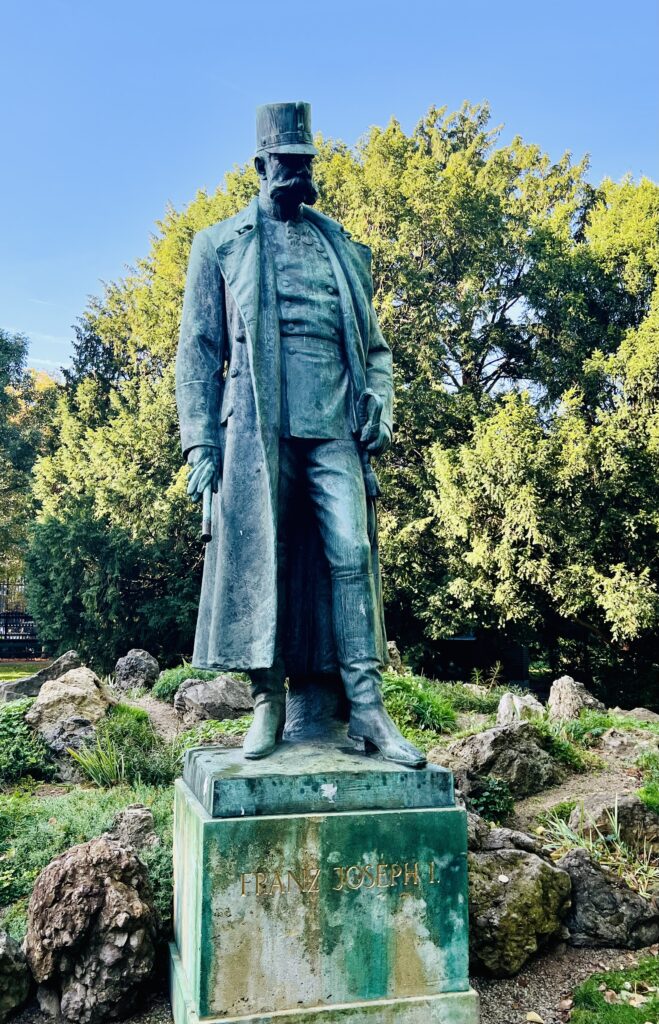
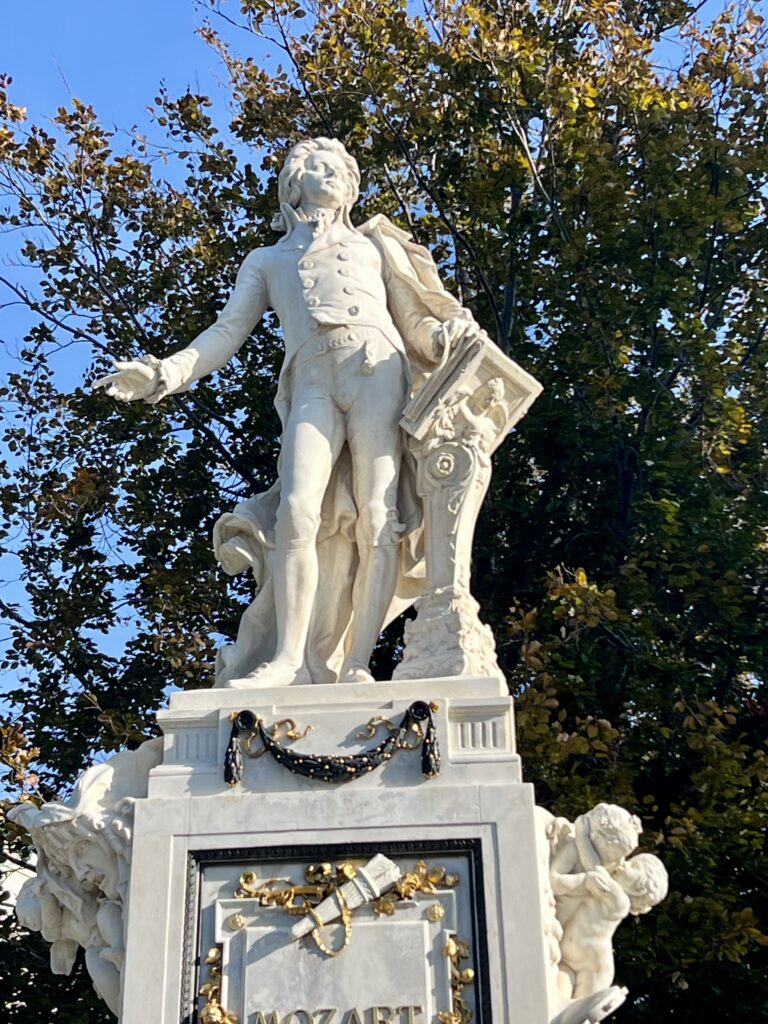
I hope you’ve enjoyed my guide to the Hofburg Palace complex. You may find these other Vienna travel guides useful:
- 3 days in Vienna itinerary
- guide to Klimt paintings in Vienna
- guide to the Beethoven trail in Vienna
- what to do in Vienna in winter
- best museums in Vienna
- guide to the Sisi Museum
- guide to the Kunsthistoriches
- guide to the Vienna Secession
- guide to the Albertina Museum
- guide to the Freud Museum
- guide to the Secession Museum
- guide to St. Stephen’s Cathedral
If you need a guide to the Hofburg Palace, pin it for later.

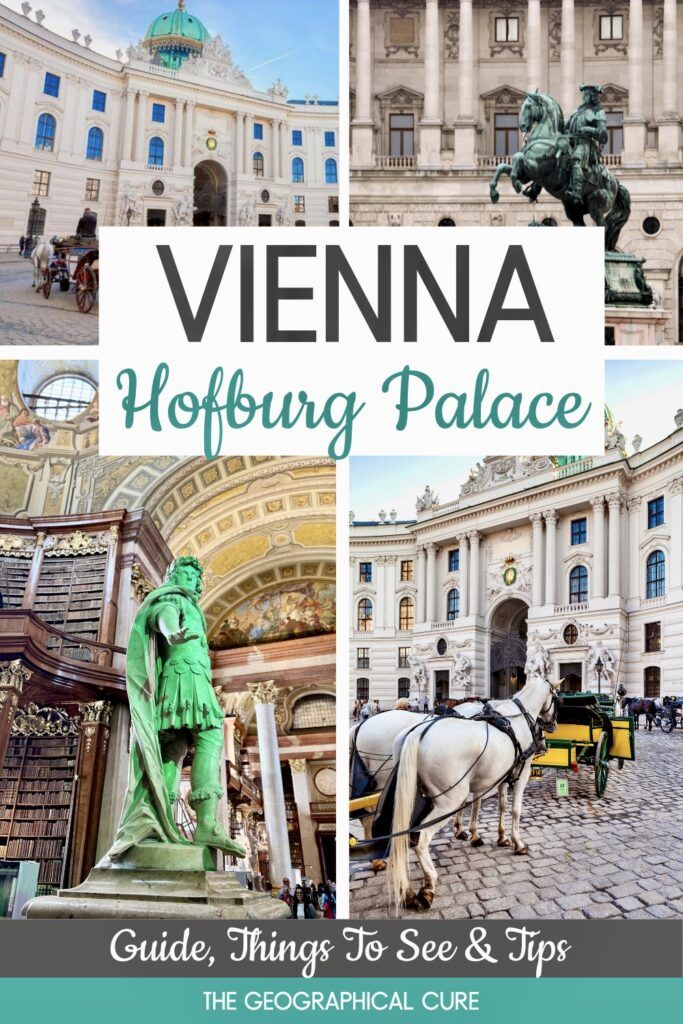
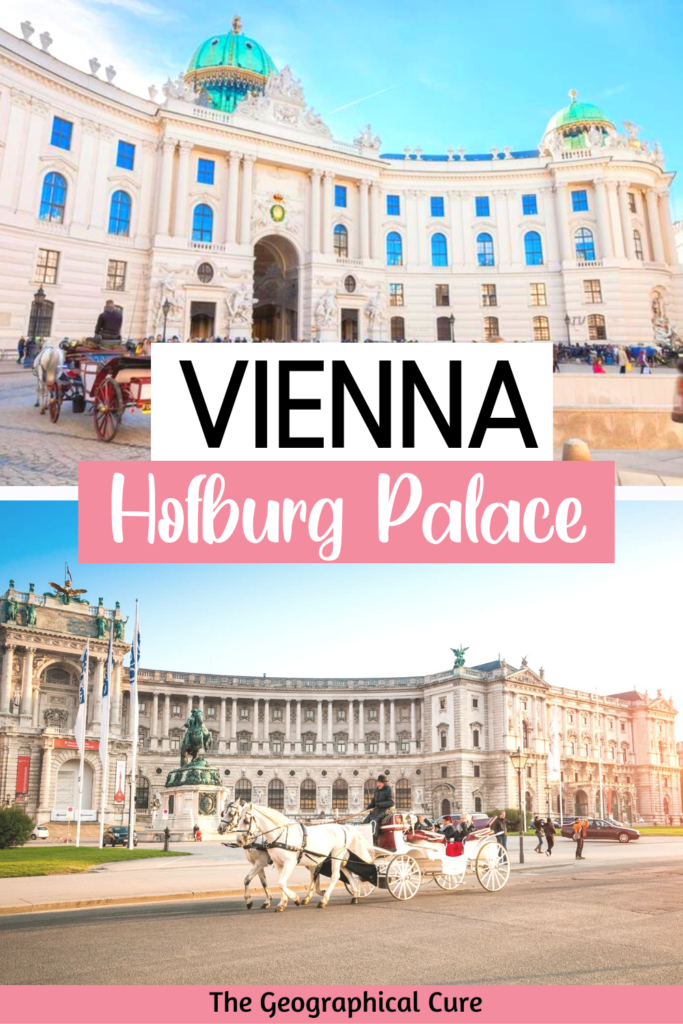
The Sisi Museum and the silver collection is a must do – it’s an interesting insight what life was like living in this imperial palace. For a couple of extra euros you can get the guided tour – it’s well worth doing as you’ll learn so much more!!
I can’t say I was wowed by the silver collection. But the Sisi Museum was super interesting. On the whole, I enjoyed Hofburg more than Schonbrunn.